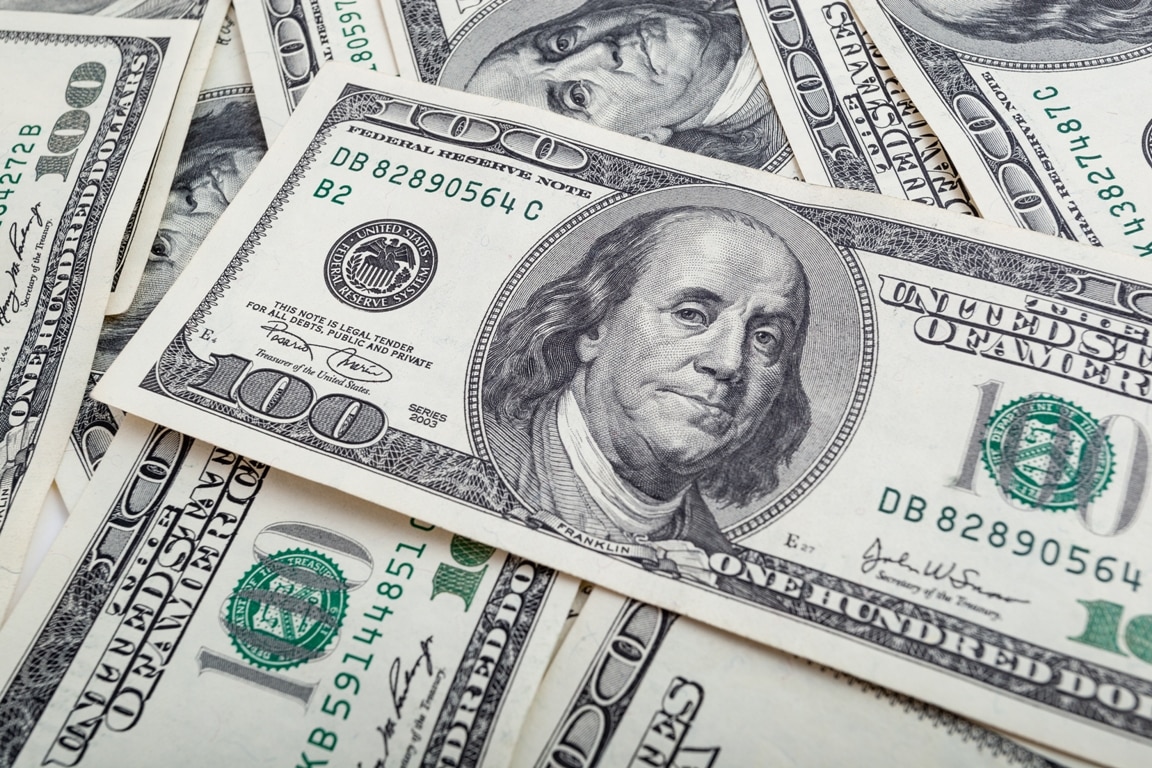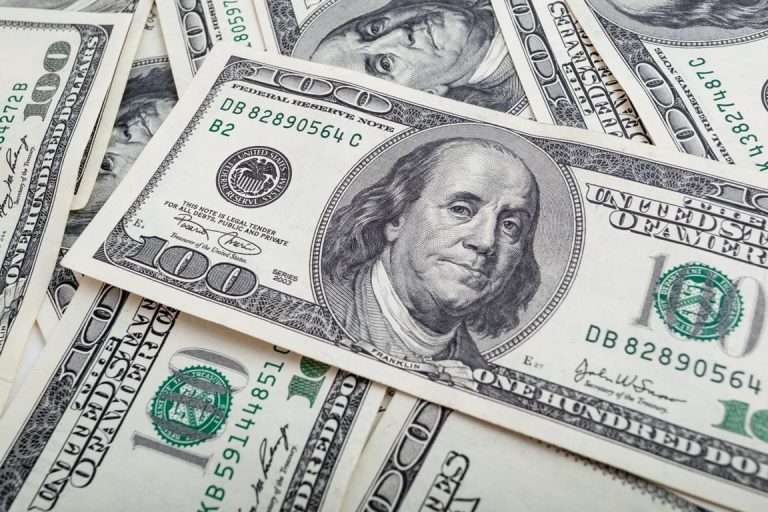
- The US dollar fell from a nearly three-month high against the euro, down 0.16% to $1.0772.
- The US Dollar Index fell slightly to 104.04, reflecting pressure from lower bond yields.
- The pound rose against the dollar, with rising British house prices impacting market dynamics.
The US dollar saw its highest level fall in nearly three months against the euro on Wednesday. This move was due to a combination of technical pullbacks and lower US bond yields. Despite the dollar's recent rally, driven by unexpectedly strong US jobs data and hawkish comments from Federal Reserve Chair Jerome Powell, this bearish shift is tempering expectations of an imminent interest rate cut. The dollar fell to $1.0772 per euro, representing a notable decline from its strong performance earlier in the week.
The US Dollar Index faces a slight decline
In currency markets, the US dollar showed mixed reactions. It rose slightly against the yen but lost ground against a basket of currencies. This was reflected in the US Dollar Index falling to 104.04 from its recent highs. Thus highlighting the market's response to changes in returns and economic signals. The market's cautious approach is further influenced by expectations of upcoming US inflation data and its potential impact on the Federal Reserve's interest rate policies.
The rise of the pound sterling against the dollar
The pound sterling rose 0.27% to $1.2633 against the dollar, a rise supported by rising house prices in the United Kingdom. This has raised speculation about the Bank of England's upcoming actions. Despite the significant decline in production, the stability of the Euro indicates that the market is adapting to the ongoing industrial challenges within the major economies of the Eurozone.
As the financial community monitors inflation trends in the United States, expectations surrounding the Federal Reserve's interest rate decisions remain paramount. Current market sentiment shows moderate expectations for interest rate cuts in March, reflecting cautious optimism that may influence the dollar's path in the coming weeks. With important economic indicators ahead, investors are keenly monitoring their potential effects on currency valuations and the broader interest rate environment.

